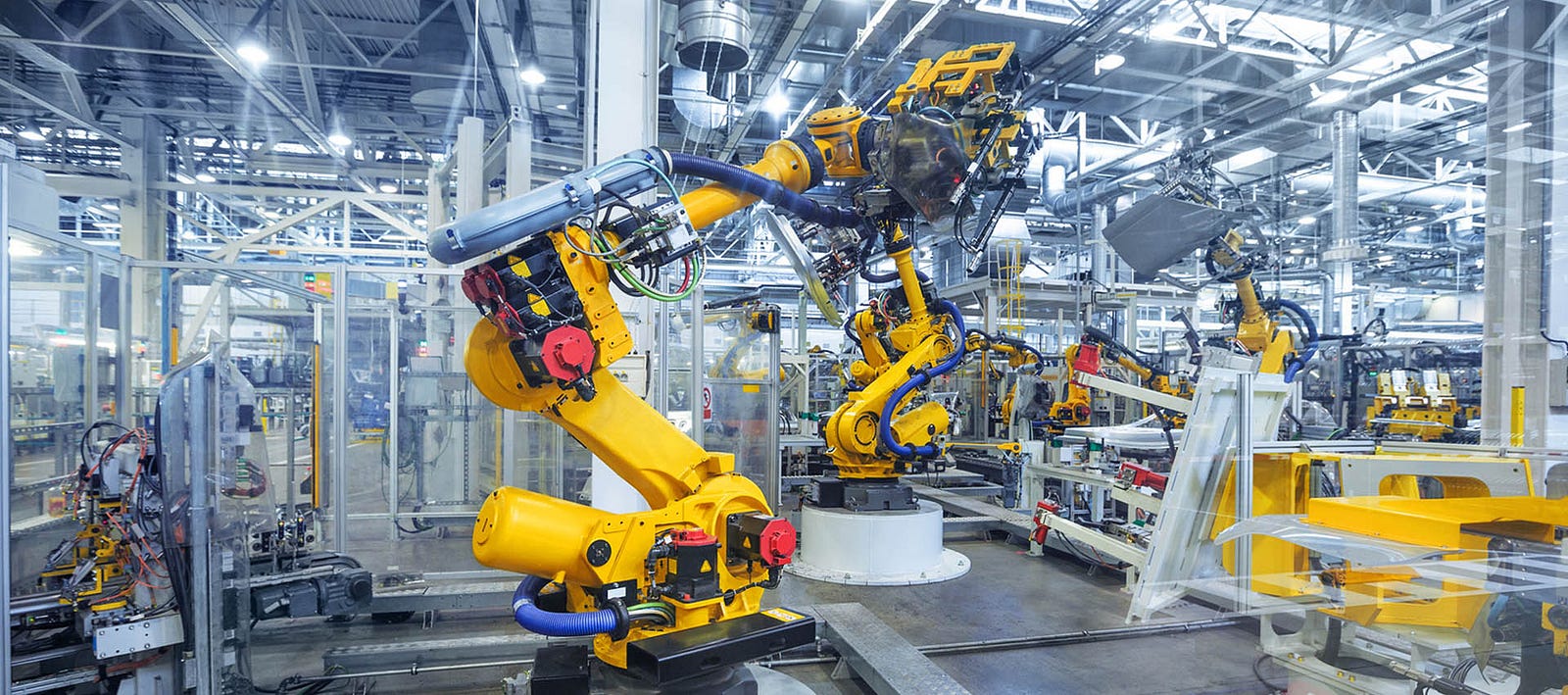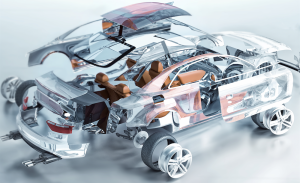Industrial Robotics in Agriculture
4 min read
The agricultural sector is one of the industries that has benefited greatly from robotics technology. Thanks to automation, there have been many developments in this sector. The revolution in this food industry is real and has seen business in this sector escalate to different levels. The growth is evident from the increase in market share for drones and other robots used in agriculture.
Traditional methods of agriculture faced a host of problems and challenges’, keeping up with the market demand was a big problem. There was a notable decrease in the number of human workforce willing to provide labour for the sector thus creating the need to come up with sustainable solutions.
Innovations and inventions led to the design of agricultural robots, a technology that continues to be embraced across the globe.

Applications Where Industrial Robots Are Used In Farming
Weed Control
In weed control measures, robots use a technique known as micro-spraying which allows for an economical method of weed and pest control. Some robot models are designed to differentiate the weeds from the plants and can effectively uproot the weeds as they are moved along a plantation using a tractor. Another method of combating weed is through spraying through the aid of a computerized technology. The robotic arms are fitted with sensors which are able to detect weeds and to spray the exact target without wastage. These robots are also able to determine the exact amount of herbicide that is required for all weeds.
In Crop Harvesting
As earlier noted, there has been a continued decrease in the number of people that are willing to provide labour in agricultural fields. To deal with this deficiency is a number of harvesting robots which are used for crop picking and harvesting. The arms of these industrial robots are able to pick more quantities of farm produce within a shorter time when compared to humans. This reduces the cost of labor because many robots have the ability to undertake the workload of 20-30 human workers within a single day.
For Monitoring and Analysis
Farms especially the big ones are a bee-hive of activity. Worth noting, however, is that many of the activities going down in these fields need close monitoring. Only this can allow growth and room for the farmers to get to the next production levels. Deploying human workers can be expensive and ineffective because there is a high likelihood of errors caused by boredom or disinterest. Luckily, the invention of drones and other ground monitoring robots allow for the continued monitoring and analysis of all farm activities with an immediate relay of information and data to the main control point. The collection of data relayed from these drones and robots can be done on computers, tablets or smartphones, as long as the right software has been installed.
Robots for Milking
There is a release of ultra-modern cobots that are changing the way things are done in a cowshed. These robots are able to undertake all tasks from cleaning the cow’s udders to the final activity which is milking.
Herding
Shepherding and herding in big extensive ranches can be overwhelming or expensive to run. Thanks to robotics, now there are drones that are fitted with applications which allow them to complete activities such as rounding up sheep and cattle, shepherding them on rough terrains and so on. Most of the herding and shepherding drones have a provision for remote control and can be operated from a distance.
Irrigating and Fertilizing Crops
In the past, crop irrigation has always been expensive yet inefficient. Today, there are ground robots that are able to water specific plants at the exact areas that need moisture. The same case applies to spray fertilizers. These robots are able to maneuver through the crop rows pouring water or fertilizer at the base or leaves of each plant as required. They are efficient and can hardly skip or leave any plant without water or fertilizer. This technology not only reduces wastage but also boosts productivity because robots can easily assess even those areas that a human has challenges accessing.
Bottom-Line
Food production is a journey. A journey that collaborative robots have made very exciting. There is no turning back, this sector can only move from better to best. The trend in agricultural robots makes this and much more possible. Be part of the growth; realize the full potential of your agricultural unit by introducing automated farming. Professionals from Universal robots experts can help you settle on the specific application for your farm activity. Get started today.



